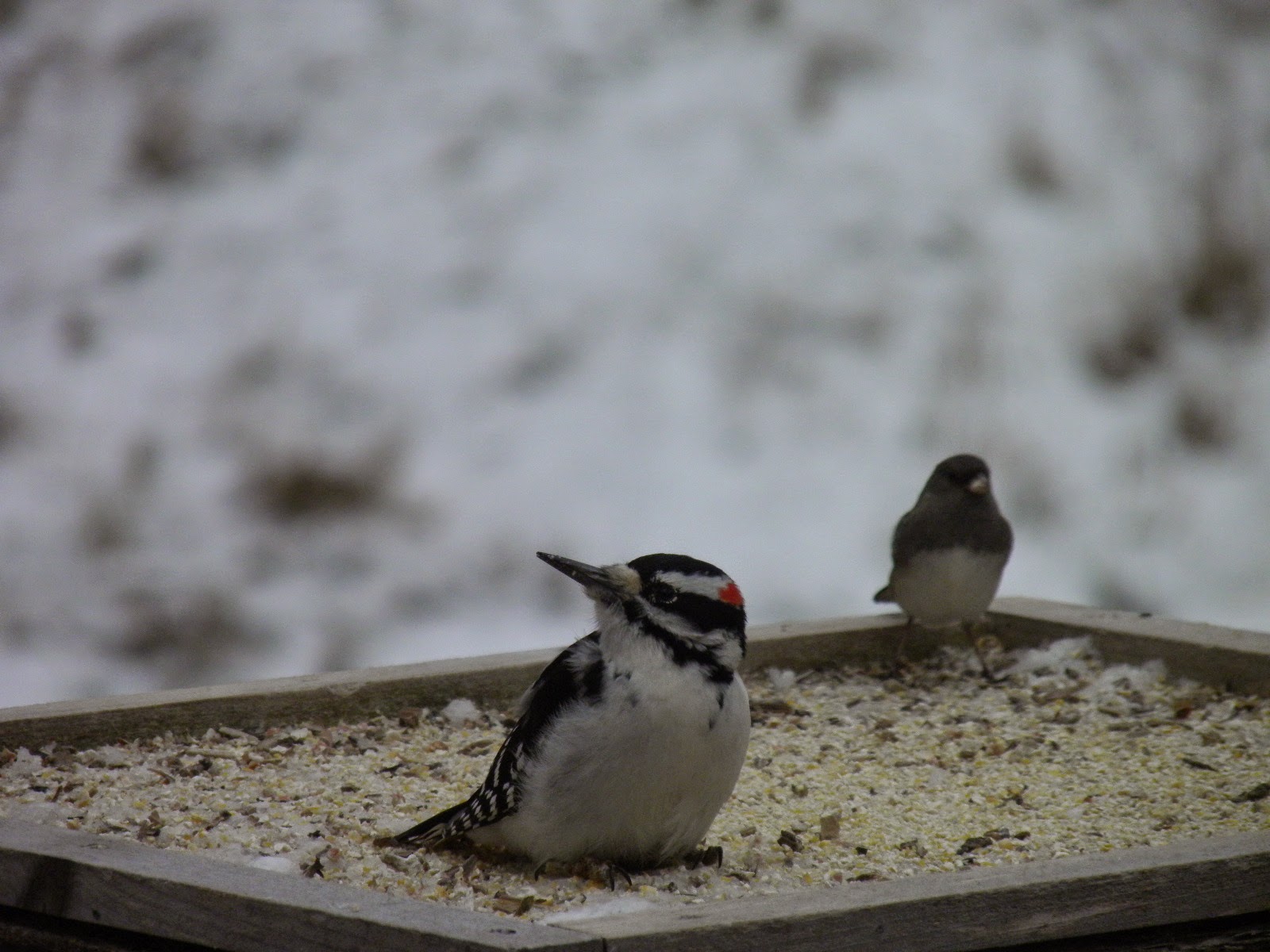Wednesday, April 15, 2015
As a slice of moon fades away and the sun pushes up from Peacham Pond, the temperature has risen too, from 28.1° to 35.8°. Unlike yesterday morning, the wind is not blowing so I am encouraged to get outside and get going. Normally by now the hellebores would be showing some color but this year, between the extreme cold and all the snow, they are still buried deep. This was the coldest winter in 121 years and the snow came and never left and a "January thaw" was only to be found in poetry, certainly not in reality this year.
Hellebores have long histories but they have never gained in popularity until recent years when they are regularly depicted in gardening magazines and appear in large swaths in famous gardens. They are liked and they are despised but once you learn how easy they are to grow and how early they bloom, you'll convert to the "let's grow some" side.
Hellebores are typically found at the edge of woodlands where they receive some sunlight but they can tolerate considerable shade. As with any plants, the key is an appropriate soil condition. Soil that is highly organic in composition, and neutral to even alkaline makes all the difference in the world. The soil needs to be evenly moist for best results but that never translates to "wet". If you think that a location "where water puddles in the spring or after a hard rain" is a good place to try, forget that notion right away.
Here at the flower farm I have a spring regime in the lower display garden where I fertilize every plant with Epsom salts, lime and a commercial 5-10-10 type fertilizer. I use this same formula with hellebores and the results are encouraging.
One of the reasons gardeners sometimes steer clear of hellebores is that come springtime the foliage looks a little ratty. I try to clip out anything that is easy to remove and do that early on as when the flowers bud, they come right along and I don't want to do anything injurious to a good display. As the flowers begin to pass by and go to seed, I let them be but do insure that they receive moisture if rain has not helped out. Although they are a plant that can tolerate dry conditions, similar to hostas they will grow on but they will be much better with supplemental watering. You'll see the difference in seed and leaf production.
Beginning in July 2015, we will again offer potted hellebores. These will be mixed colors and the pots will not have the colors marked. They are sure to please and will be an efficient way to get started with a New England hardy plant that is sure to please. Stop by the flower farm early and pick up a pot or two to try. You'll enjoy your new find and your gardening friends will want to know where you shop.
Writing from the mountain above Peacham Pond where the sun shines brightly, the mourning doves are calling, and about 50 juncos have been under the empty feeder sites for two hours cleaning up spilled seed. Spring feels great today!
George Africa
The Vermont Gardener
Vermont Flower Farm
On Facebook as Vermont Flower Farm & Gardens
On Facebook as George Africa with gardening information
Across various social media formats that make gardeners smile!
And always here to help you grow your green thumb!













































